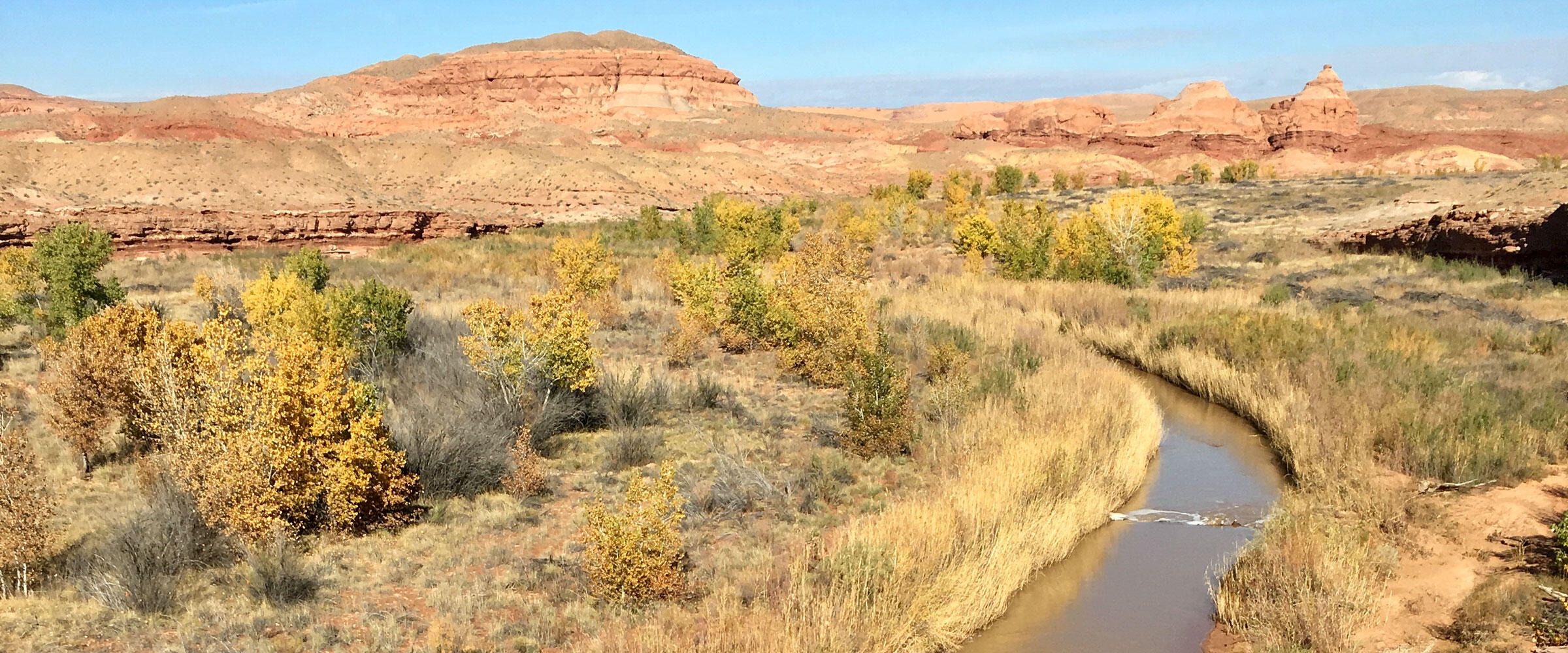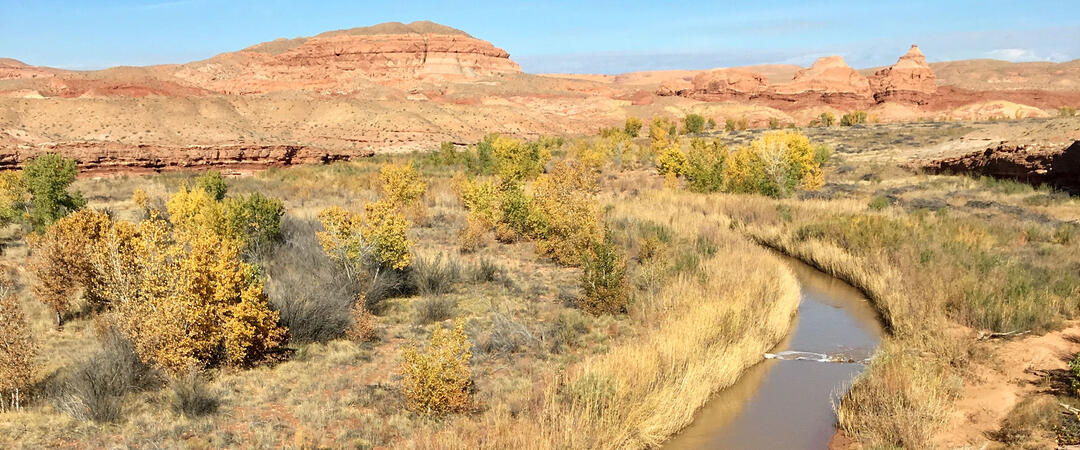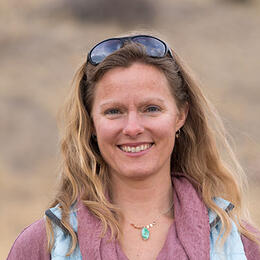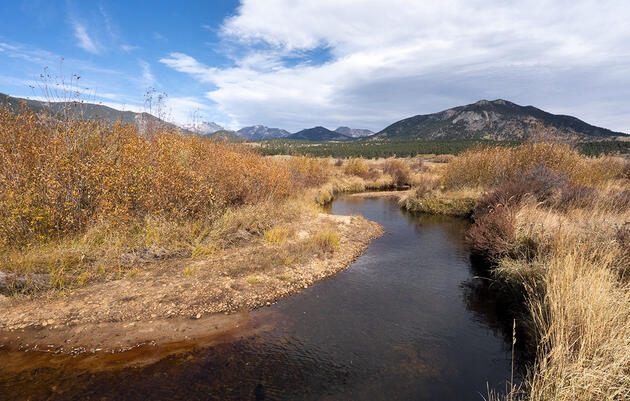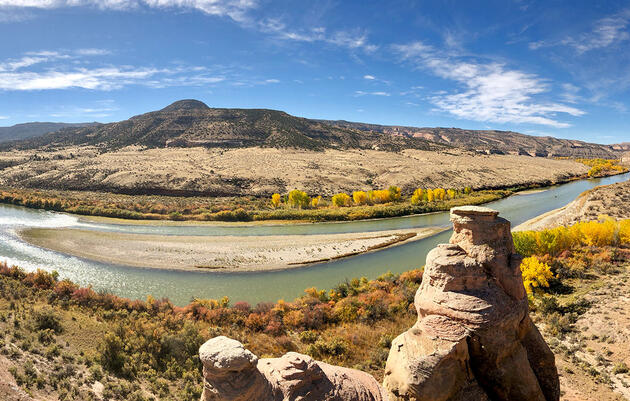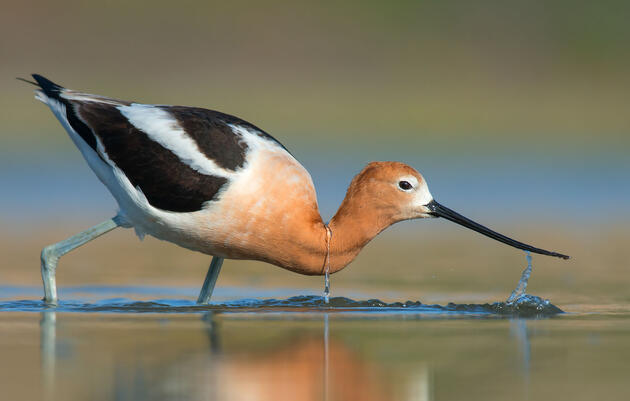Colorado and the West face unprecedented drought conditions, impacts from wildfires, and water scarcity driven by climate change. The Colorado River shortage declaration on August 16th is a sharp warning that the river system is in crisis. If we do not act quickly, the future could be even tougher. But, there are important things we can do now to keep the Colorado we love strong by building climate change resilience in our watersheds.
A recent report from Audubon and conservation partners suggests that we need to start investing now in solutions for the long-term. These solutions include improving forest health, restoring and protecting our natural water infrastructure (stream floodplains and wetlands), and practicing regenerative agriculture. Work must be done on a scale to match the scale of the water problems we’re facing.
Relatively affordable natural solutions are critical to have in the toolbox alongside traditional strategies. One such natural affordable method for restoring our source watersheds is called “low-tech process-based restoration (PBR).” PBR is a low-cost, high-benefit option designed to restore headwater rivers, floodplains, wet meadows, and wetlands. PBR methods benefit rivers and communities by restoring natural river processes like hydrology, sediment movement, and nutrient cycling by reconnecting deeply cut degraded streams with their floodplains and adjacent wetlands, if historically present.
PBR methods benefit the entire riverscape—streams, floodplains, wetlands, and the vegetation surrounding them. Riverscapes support habitat critical to birds and other wildlife and ecological services that directly influence water quality and quantity. Many studies in the past decade show that this type of restoration approach results in restoring natural ecological and hydrological stream processes that provide benefits beyond traditional restoration methods. The benefits include improved water quality and aquifer recharge, reduced flood risks, and improved riverscape ecology (see here and here).
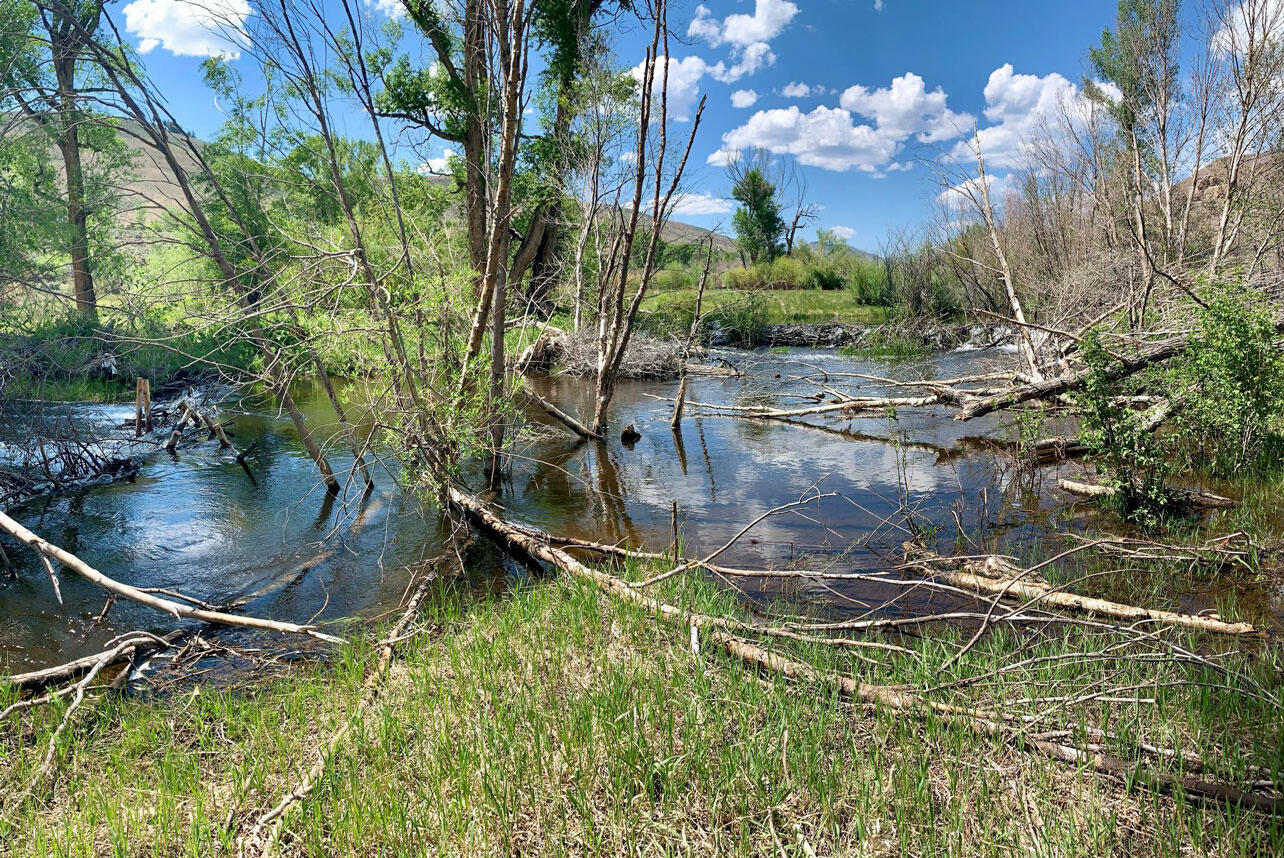
Existing natural systems that are particularly important for birds—such as riparian areas, floodplains, and wetlands—slow runoff and promote groundwater recharge by effectively storing water and slowly releasing it back to the surface water system. In this way, these natural systems fill a role similar to traditional reservoirs. The hydrologic characteristics of these natural systems also improve water quality by filtering sediment and pollutants.
Models show that climate change and historic drought will continue to affect the Colorado River Basin in the coming years and further increase the severity and frequency of wildfires. These fires create devastating impacts for communities, wildlife, and forest ecosystems, including Colorado’s rivers and waterways. In the wake of Colorado’s three historic wildfires in 2020 and future wildfires, PBR techniques can help reduce the impacts of wildfires on water supplies and assist in wildfire recovery by sustaining riverscape plant communities.
Two Utah landowners describe their experience using stream restoration to heal their land.
The good news is that PBR methods help create resilience for our watersheds and are pretty affordable. PBR techniques can be scaled up to benefit all water uses and the cost is approximately $50,000 - $100,000 per mile on small streams.
Also, PBR techniques for stream restoration can reduce sedimentation loading in storage reservoirs. In 2010, Denver Water invested nearly $30 million in dredging Strontia Springs Reservoir after the Cheesman Fire, and it’s almost in need of dredging again. Dredging reservoirs temporarily takes care of the problem of loss of storage space and dam safety, but it is not a long-term solution that addresses the actual problem of sedimentation coming from degraded watersheds. Studies are showing healthy floodplains upstream of reservoirs capture and store more sediment while degraded riverscapes deliver more sediment.
Riverscapes and wetlands are disproportionally important to birds and provide habitat for severely declining and climate-vulnerable species. Audubon Rockies is a partner in the Healthy Headwaters Working Group, a statewide collective of stream restoration experts, scientists, and agency, academic, and nonprofit staff who are working together to amplify headwater restoration in Colorado. Scaling up PBR projects in Colorado’s source watersheds can improve our long-term water security for people and wildlife in the face of increasing climate change impacts.
All of us depend on natural systems for clean and reliable water. When we invest in the health of Colorado’s watersheds and rivers, we invest in our resilience to climate change.

